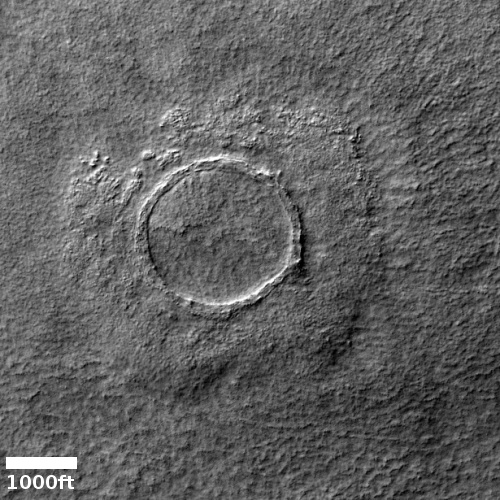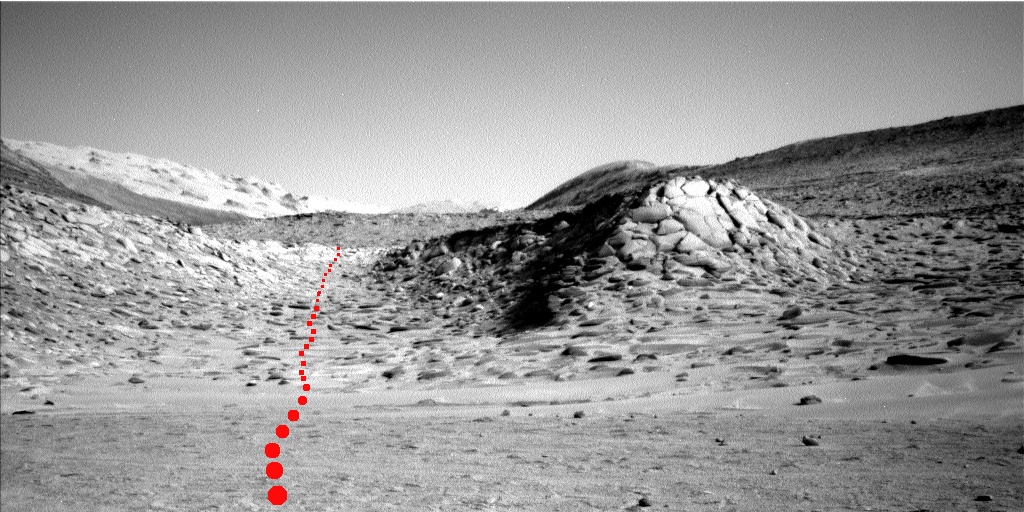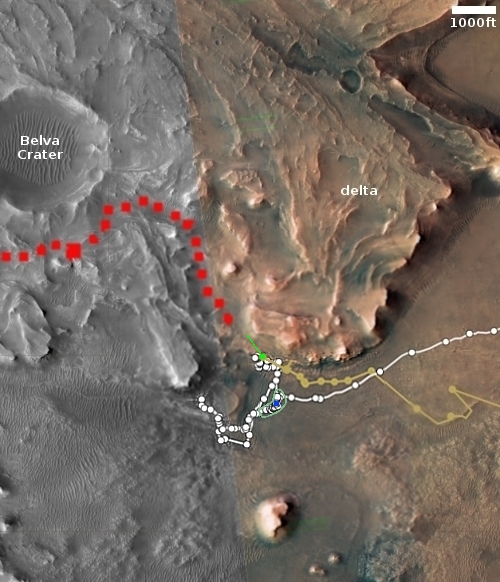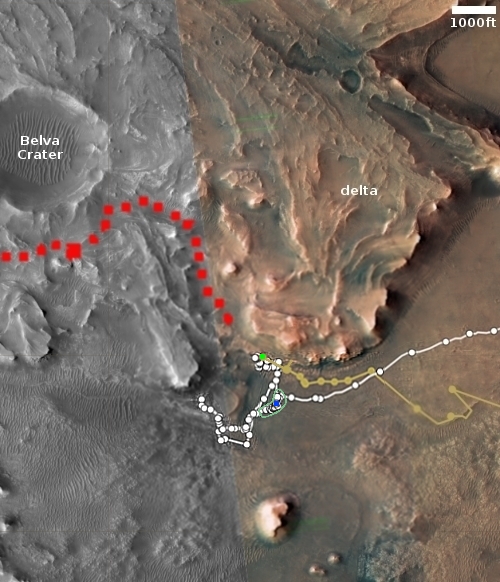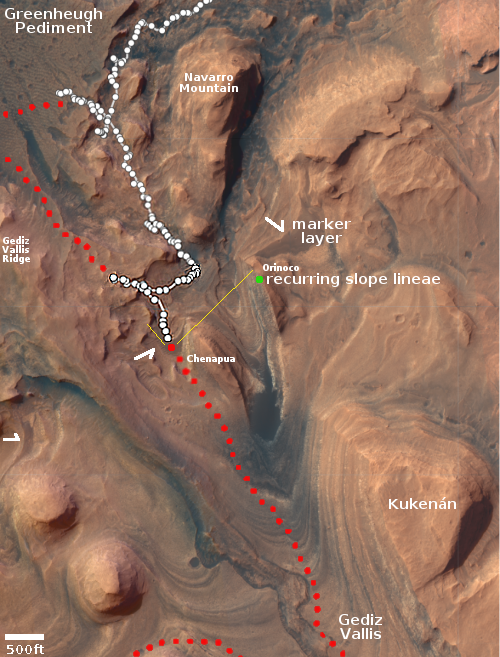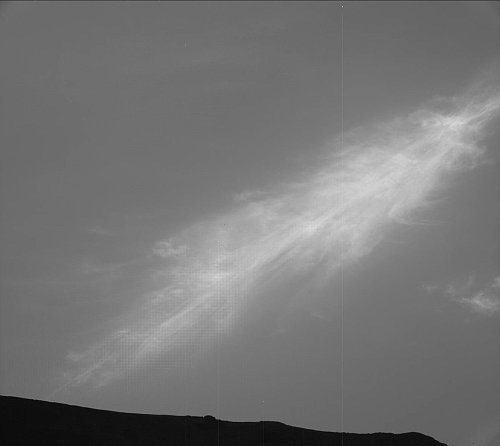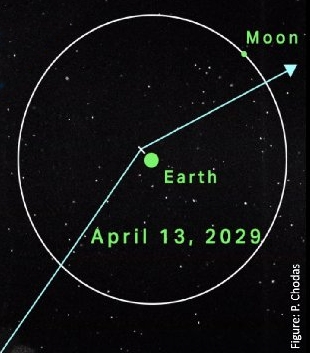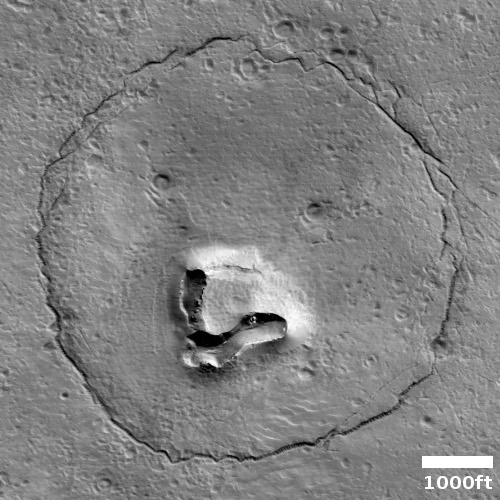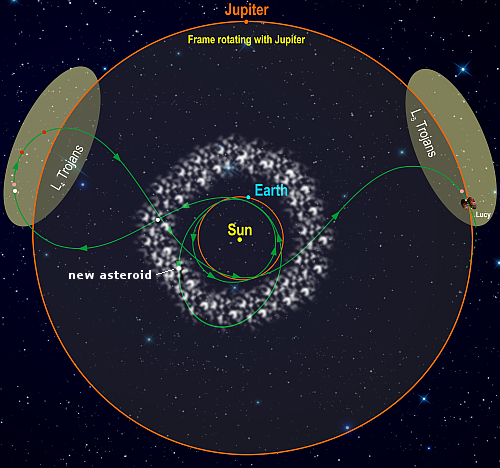Spanish airport to become a rocket spaceport
Teruel airport in Spain, located about 200 miles east of Madrid, has announced plans to expand its operations to make itself a rocket spaceport.
At a recent conference, it was announced that PDL Space plans to operate satellite micro launchers from the little-known airport, located some 300km east of the capital Madrid.
Another company, Sceye, plans to install stratospheric spacecraft at the airport, which, since coming into commission ten years ago, has been used primarily as a maintenance centre for large aircraft.
The airport is located in the eastern interior of Spain. Any orbital launches will have to cross considerable parts of the country, as well as other European and African countries. This however might not be a problem for the moment, as PDL at present appears to be building suborbital rockets.
Teruel airport in Spain, located about 200 miles east of Madrid, has announced plans to expand its operations to make itself a rocket spaceport.
At a recent conference, it was announced that PDL Space plans to operate satellite micro launchers from the little-known airport, located some 300km east of the capital Madrid.
Another company, Sceye, plans to install stratospheric spacecraft at the airport, which, since coming into commission ten years ago, has been used primarily as a maintenance centre for large aircraft.
The airport is located in the eastern interior of Spain. Any orbital launches will have to cross considerable parts of the country, as well as other European and African countries. This however might not be a problem for the moment, as PDL at present appears to be building suborbital rockets.


